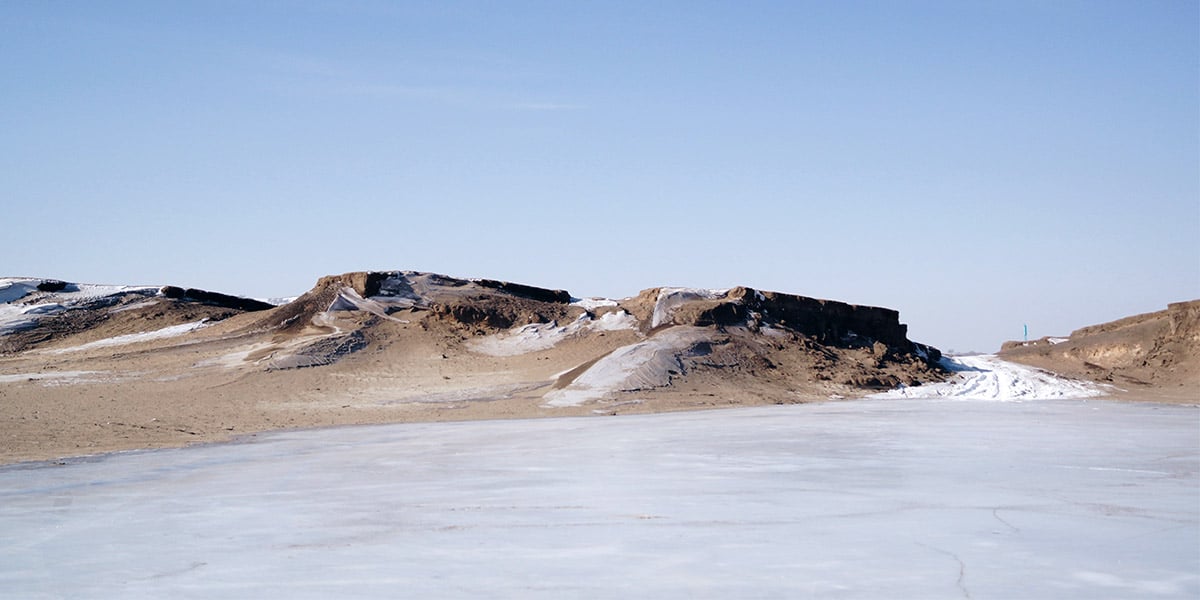When we think about global warming, we usually blame cars and factories for pumping out those heat-trapping gases. But what if we told you that little algae, the ones you find hanging out in lakes, also have a historical role in this climate tale?
The climate shifter
Dr. Liuwen Xia and a team from Nanjing University, China, have done some digging to reveal an intriguing link between ancient lake microbes and global warming during the old ice age days. Their findings, which they shared in the journal Geology, give us a peek into how these tiny creatures had a hand in shaping the climate of our planet.
Algae have been around for ages, shaping ecosystems in ways we’re only beginning to understand. But the real revelation lies in the gases they’ve been releasing into the atmosphere for eons. Dr. Xia and his crew focused their attention on ancient alkaline lakes, ones with a pH that’s more on the basic side (pH 9 to 12). These lakes, it turns out, were emitting a surprising amount of methane, a greenhouse gas with serious warming potential into the atmosphere like there was no tomorrow.
The carbon trick
The team’s research focused on the Junggar Basin in northwest China. They delved into the ancient lake’s core samples and conducted chemical analyses to understand the type of carbon present. This detective work led them to aquatic green algae, cyanobacteria (microorganisms that perform photosynthesis), and halophilic archaea (extremophiles that thrive in high-salt environments).
The researchers discovered that certain types of algae, cyanobacteria, and archaea preferred lighter carbon isotopes (carbon-12) when more dissolved inorganic carbon was present in the lake. This preference led to the heavier carbon-13 being deposited in the lake bed, leaving a distinct carbon signature in the rock layers.
Among these ancient algae, a particular species stood out – alkalophilic methanogenic archaea. These microorganisms adapted to the low sulfate, oxygen-depleted conditions of the lake and thrived by producing copious amounts of methane. This methane, once released into the atmosphere, contributed to global warming during the Late Paleozoic Ice Age. The scale of their impact is staggering, with estimated methane emissions from these tiny organisms alone reaching up to 2.1 gigatons.
Mitigating the legacy
So, what does this ancient tale tell us about our modern climate concerns? The researchers’ findings suggest that the combined contributions of numerous alkaline lakes worldwide could have significantly influenced greenhouse gas levels in the past. In fact, the lakes in northwest China alone might have emitted methane equivalent to the greenhouse forcing power of up to 7,521 gigatonnes of carbon dioxide.
It’s a wake-up call for us to pay attention to today’s alkaline lakes and their methane emissions. And as we look for ways to tackle this issue, we’re faced with a tricky challenge. Solutions, like changing a lake’s pH or introducing certain materials, come with their own set of environmental consequences. Opting for sustainable approaches that won’t leave behind a harmful chemical legacy becomes a way to grapple with today’s problems while laying a strong foundation for tomorrow.
